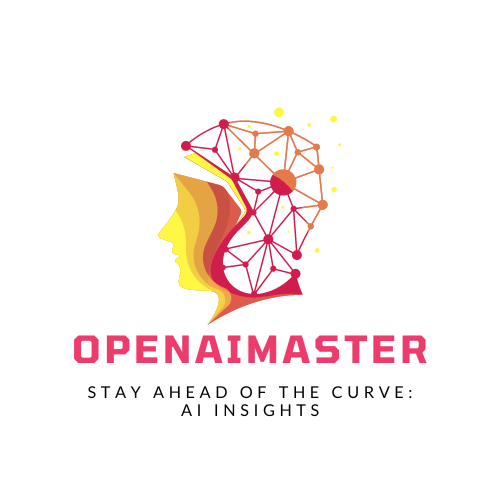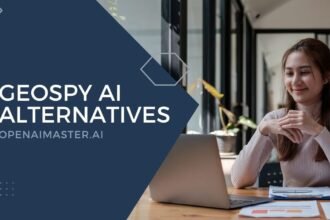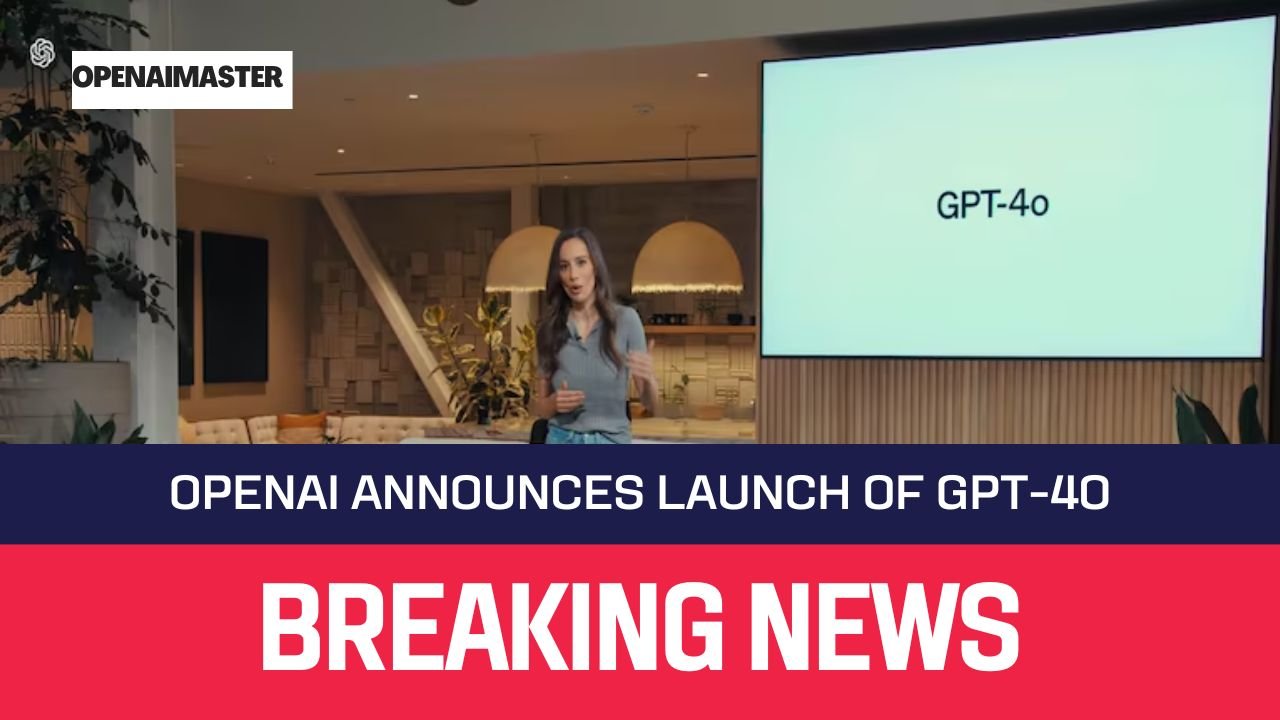In a groundbreaking announcement that has sent shockwaves through the tech industry, OpenAI, the pioneering artificial intelligence research company, has unveiled its latest and most advanced AI model – GPT-4o, an acronym for “omni.” This cutting-edge technology promises to revolutionize the way we interact with AI systems, offering integration of text, audio, and visual inputs and outputs, ushering in a new era of truly multimodal AI interactions.
During the highly anticipated OpenAI Spring Update event, Chief Technology Officer Mira Murati took center stage to introduce GPT-4o, highlighting its remarkable capabilities in reasoning across various modalities. “GPT-4o represents a paradigm shift in the field of artificial intelligence,” Murati declared. “It transcends the boundaries of traditional AI models by effortlessly understanding and generating content across multiple formats, including text, audio, and visuals. This remarkable feat makes the interaction with AI more natural, intuitive, and engaging than ever before.”
One of the most significant advantages of GPT-4o is its unparalleled efficiency. According to Murati, the new model is a remarkable achievement, boasting twice the speed and half the cost of its predecessor, GPT-4 Turbo. This unprecedented level of efficiency translates into significant cost savings and improved accessibility, enabling OpenAI to bring the powerful GPT-4o intelligence to its free users – a goal the company has been striving towards for many months.
During the event, OpenAI showcased GPT-4o’s real-time conversational speech capabilities in a stunning live demonstration that left the audience in awe. The model responded to audio inputs in as little as 232 milliseconds, with an average response time of 320 milliseconds – a remarkable feat that matches human response times in a conversation. This groundbreaking achievement highlights the model’s vast potential for applications such as virtual assistants, language translation, interactive storytelling, and beyond.
But GPT-4o’s capabilities extend far beyond just audio processing. The model achieves GPT-4 Turbo-level performance on text, reasoning, and coding intelligence, while setting new benchmarks in multilingual support, audio processing, and computer vision. With support for over 50 languages across the globe, GPT-4o promises to break down language barriers and foster global collaboration on an unprecedented scale.
One of the key demonstrations during the event showcased GPT-4o’s ability to analyze and interpret visual information. In a seamless interaction, a researcher asked the AI model to read a math equation from a phone’s camera feed and then walk them through the steps to solve it using its conversational voice mode. The model effortlessly processed the visual input, provided a step-by-step explanation, and even adapted its tone and inflection to match the researcher’s emotional state, further exemplifying the natural and intuitive nature of the interaction.
In another demonstration that highlighted GPT-4o’s emotional intelligence, a researcher asked the model to analyze their facial expression and judge their emotional state. Without missing a beat, the AI model assessed the researcher’s expression and responded in a peppy, personable voice, “Care to share the source of those good vibes? Whatever’s going on, it seems like you’re in a great mood.” This level of emotional awareness and natural language generation is a testament to the sophistication of the underlying AI technology.
Complementing the groundbreaking GPT-4o model, OpenAI also introduced a refreshed user interface and a dedicated desktop version of ChatGPT, further enhancing the user experience. The new desktop app for macOS, with a Windows version slated for later this year, aims to provide a seamless and natural experience for users interacting with GPT-4o and other AI models.
“We understand that these models are becoming increasingly complex,” Murati acknowledged. “But our goal is to make the experience of interaction more natural, easy, and focused on the collaboration with GPTs, rather than getting bogged down by the user interface.”
As OpenAI continues to push the boundaries of artificial intelligence, the launch of GPT-4o marks a significant milestone in the field. With its unparalleled multimodal capabilities, increased efficiency, and improved accessibility, GPT-4o has the potential to transform industries and revolutionize how we perceive and interact with AI systems. From virtual assistants that can seamlessly understand and respond to voice commands and visual inputs, to language translation services that can process audio and visual content, to interactive storytelling experiences that blend text, audio, and visuals, the possibilities are endless.
Moreover, GPT-4o’s advanced reasoning and coding capabilities open up new avenues for developers and researchers to explore, potentially leading to breakthroughs in fields such as computer vision, natural language processing, and machine learning. With its ability to process and generate content across multiple modalities, GPT-4o could pave the way for the development of more intuitive and user-friendly AI-powered applications, making advanced technology accessible to a broader audience.
As the world eagerly awaits the full rollout of GPT-4o and its various applications, one thing is certain: OpenAI has once again raised the bar for what is possible in the realm of artificial intelligence, and the implications of this breakthrough are poised to ripple across industries and reshape the way we interact with technology.




